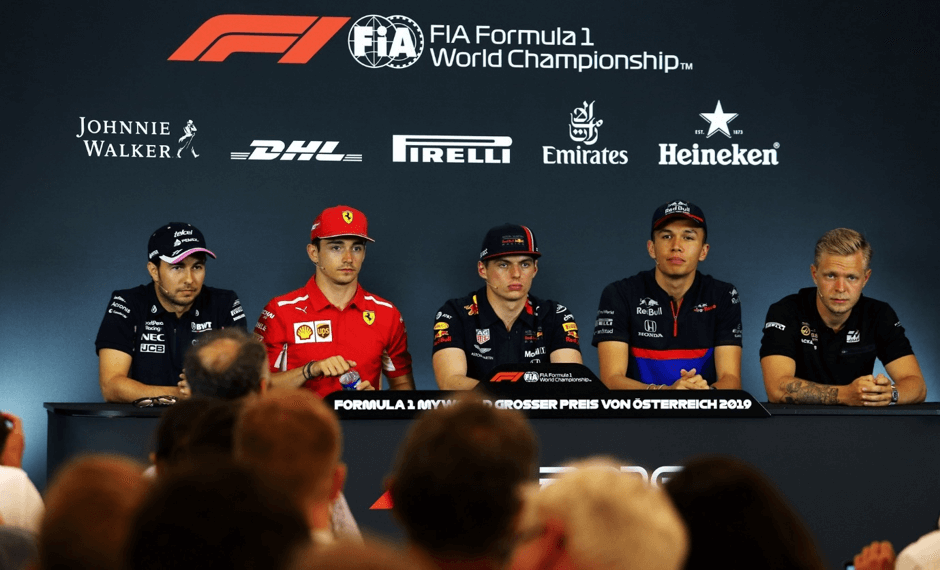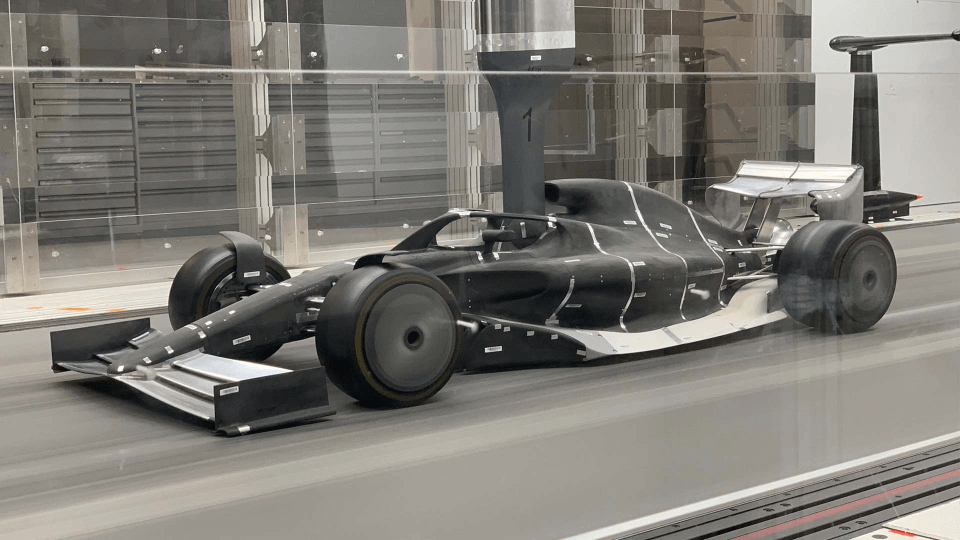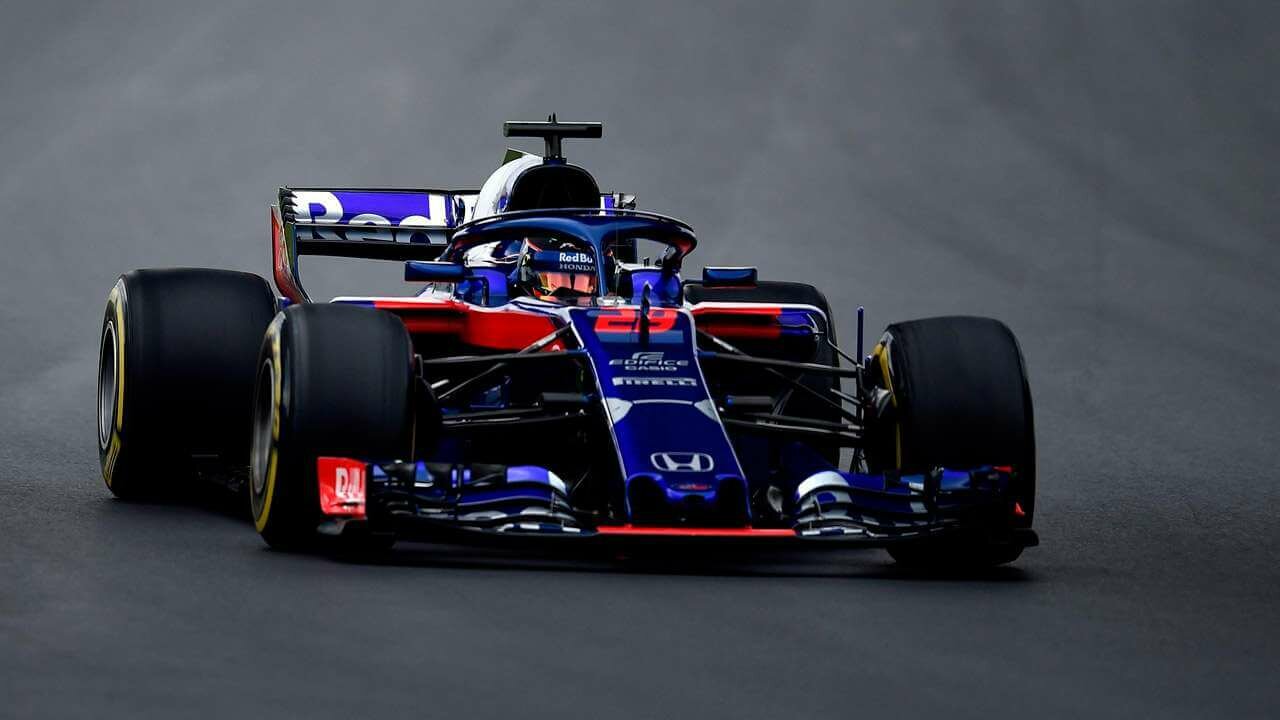SUMMING UP THE 2021 REGULATION CHANGES: FROM AND TO AN F1 FAN

As we conclude our first Formula 1 series, ‘Rulebook 2021’, we at More Than A Game take a look from a die-hard fan’s perspective as to how the new regulations will change the F1 world.
The Fédération Internationale de l’Automobile decided to make multiple changes to Formula 1, as the sport had started losing all its marvel and glamour of wheel to wheel racing. The behemoth effort of all the teams towards making the cars as fast as possible made them so complex, that F1 became more about speed rather than racing. The FIA also tried multiple changes to make the races more interesting, by employing technologies like the Drag Reduction System (DRS) or the KERS system and electrical deployment via the MGU-K and MGU-H. All these changes did increase the number of overtakes that were being made, but these only aided the drivers to claw back lost time on the straights making the sport very monotonous. The major concern that was never diagnosed was the trouble was that the cars struggled to stay behind another car. They failed to perform to their optimum when in the wake of another car. Often, it was observed that the following car caught up to the one in front within a matter of laps, but always started slowing down when within 2 seconds of the leading car. Finally, in 2018, the FIA decided to take an aggressive step towards better racing.
They announced that Liberty Media and the FIA had jointly decided to overhaul Formula 1 as we know it. They started with providing a basic outline of what changes would be made for the 2021 season like simplifying the aerodynamics to reduce dirty air that the leading car produces. Later, they decided to reduce the number of winglets and vortex producers as well. As time passed in the latter stages of that year, the FIA decided they would completely revamp the way F1 operated, when they decided to change the financial system of the teams, as we discussed in one of this series’ previous articles.
They also stated that they were planning changes to the scheduling in F1 to allow, the drivers, mechanics and back-room staff more days off. As an F1 fan, I have been extremely disappointed watching almost 60% of the races since 2014. The racing has been very dull, with action only coming in rain-interrupted or crash-galore races. The regulation changes have seemed very promising, although the cars will be almost 5 seconds slower. This shouldn’t be a problem for fans in the least, as the speed change won’t be that apparent. The pace of these cars will be back to the level as it was during the 2016 season, but this pace will also be compounded with lesser dirty air and much easier chasing along with wheel to wheel action.
As for the financial cap that will be imposed on the teams, I wish it brings the teams closer in terms of their absolute pace as there will be a lot of standardized components being used with aerodynamic upgrades coming in slowly as the wind tunnel testing will be reduced. In addition, I hope this change will introduce some brand heavyweights such as the likes of Audi, Porsche and BMW to enter the sport as the overall cost has plummeted greatly. The introduction of such big brands will refresh what has become a very monotonous grid.
Hopefully this will also stop a single team dominating for years, like Red Bull and Mercedes have in the last decade. As for the weekend, this change will be a positive one for the staff, while it won’t change much for the fans. The staff and drivers will have more rest time, and that’s obviously a good thing for the sport as a whole. With the fact that we may be headed towards a 24-race season, this extra rest will be good for everyone.

Overall, I believe this overhaul is for the greater good. While the 2021 season may not be a definite success, this change will lead Formula 1 into a greater and more futuristic direction. Only time will tell.
Read More
2021: THE YEAR OF SHORTER WEEKENDS, THE RETURN OF THE GO-KART RACING AND A HOST OF PLEASANT SURPRISES
HARSHAVARDHAN GHADGE \
RULEBOOK 2021
CLOSER RACING- THE ESSENCE OF F1
ATUL KUMAR MAURYA \
RULEBOOK 2021
F1 2021 FINANCES- FAIRER OR FARCICAL?
KABIR ALI \
RULEBOOK 2021



